Research Methodologies Report: Finance, Company Bankruptcy Analysis
VerifiedAdded on 2023/01/17
|5
|726
|38
Report
AI Summary
This report delves into research methodologies employed in financial analysis, specifically focusing on company bankruptcy prediction. The study utilizes data from the Bloomberg Terminal, extracting financial statements from both bankrupt and healthy US manufacturing organizations between 2008 and 2018. The research incorporates a sample of 50 companies and employs various techniques, including bootstrap tests and multi discriminant analysis. The methodology encompasses data collection, sample selection, and the application of group statistics to identify financial risks. The report outlines the use of bootstrap tests to assess predictor variable significance, especially with small sample sizes. Multi discriminant analysis is utilized to distinguish between bankrupt and non-bankrupt organizations, developing a model with coefficients for each variable to classify companies based on their scores. References include Kumar (2019), Mackey and Gass (2015), Quinlan et al. (2019), and Walliman (2017).
1 out of 5
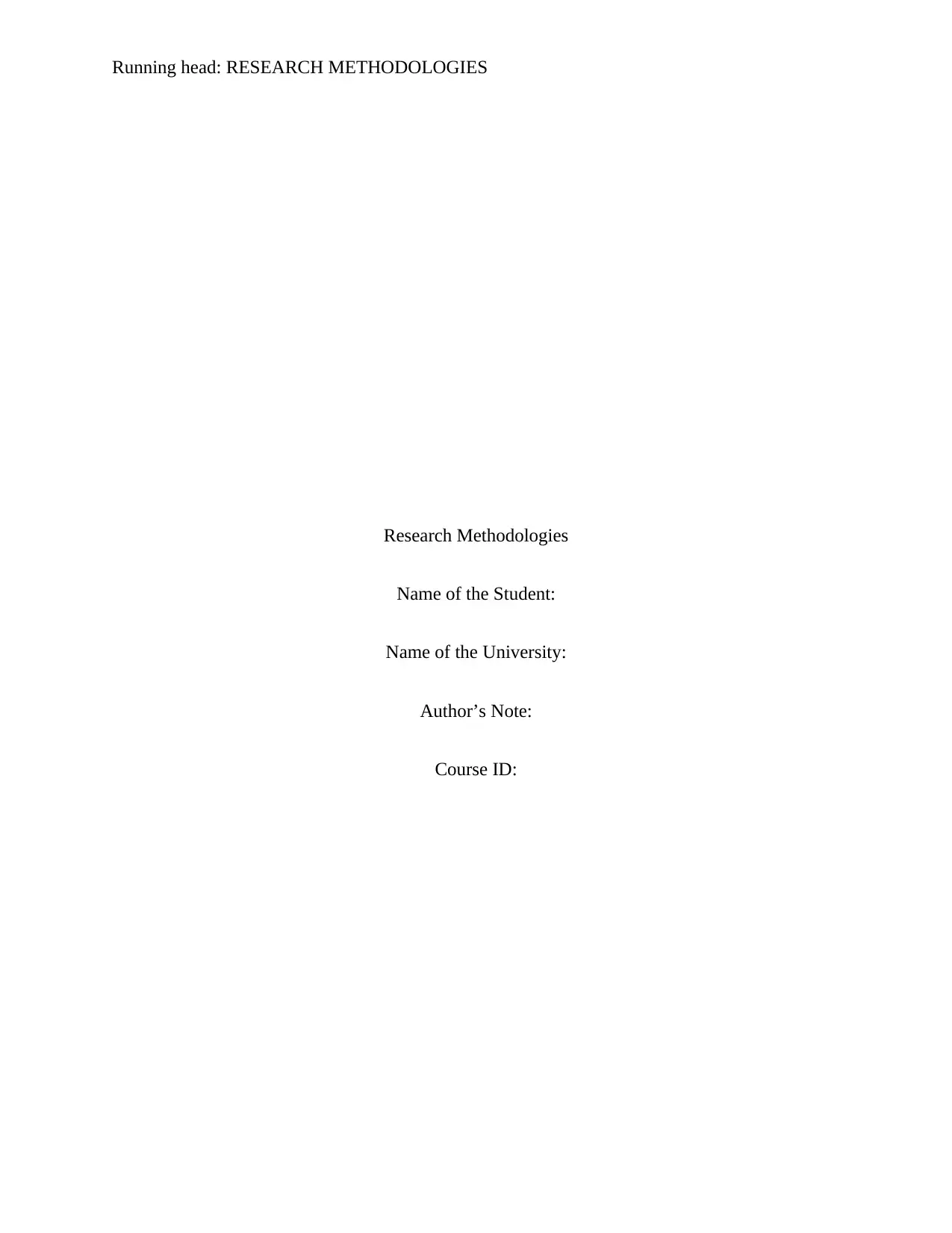
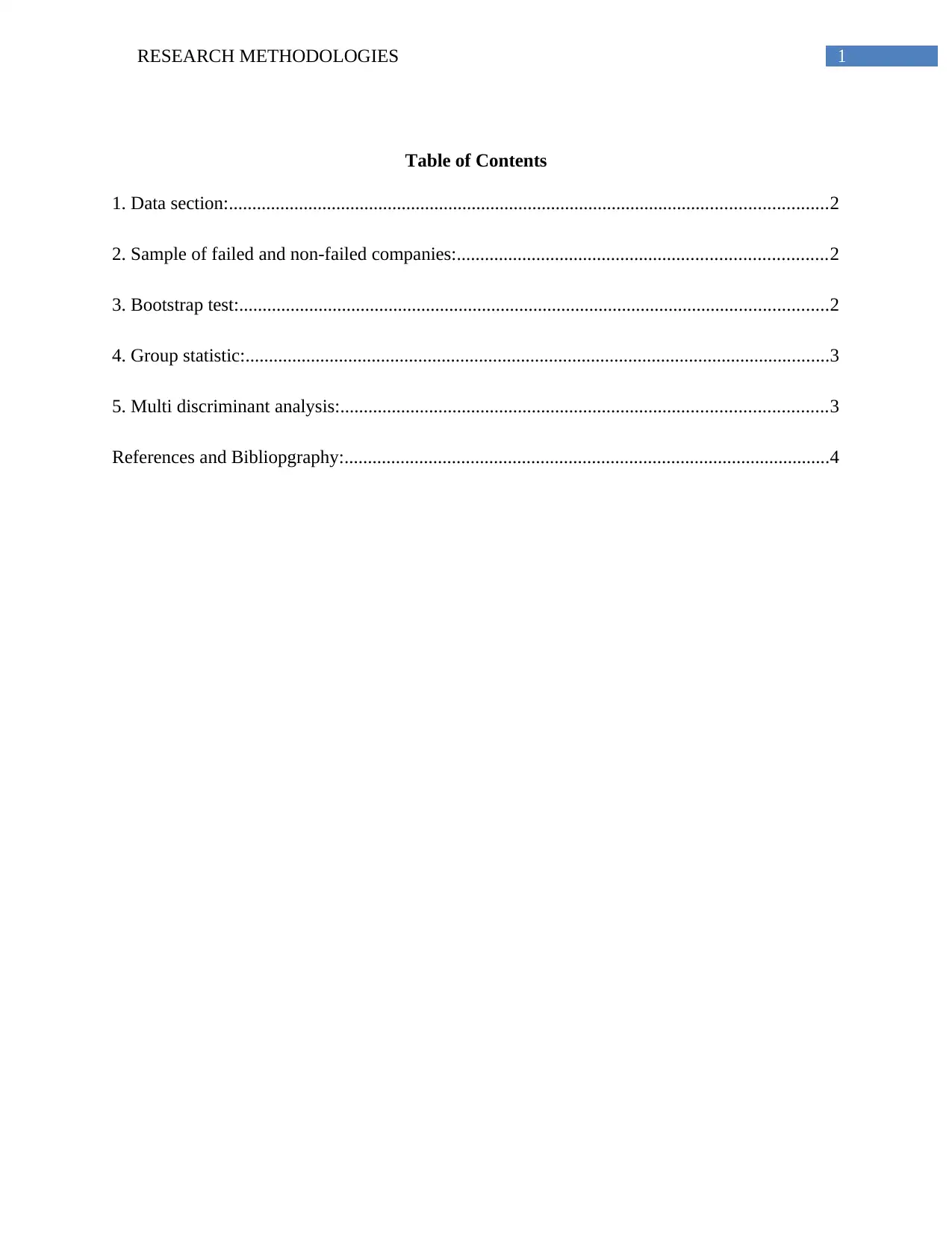
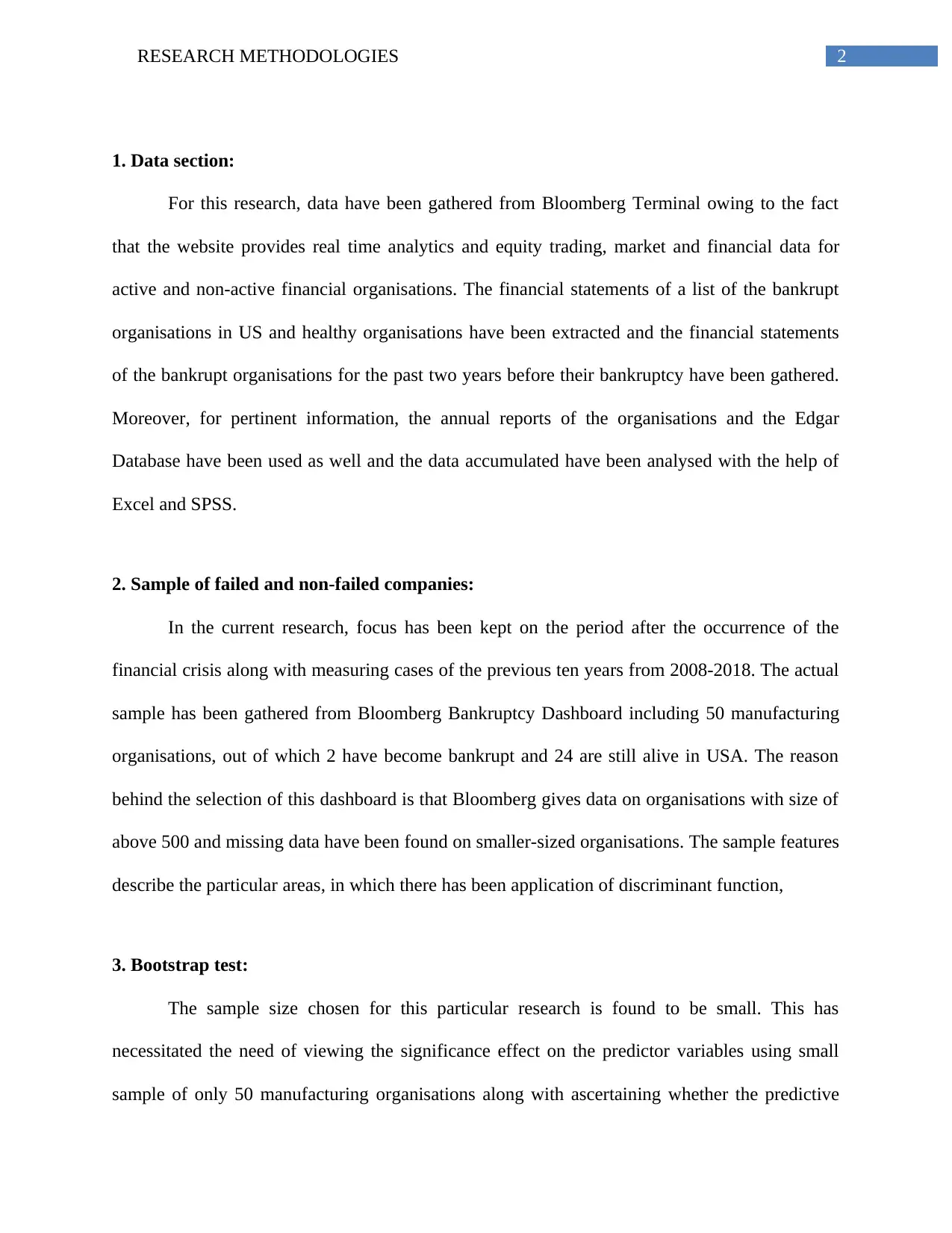

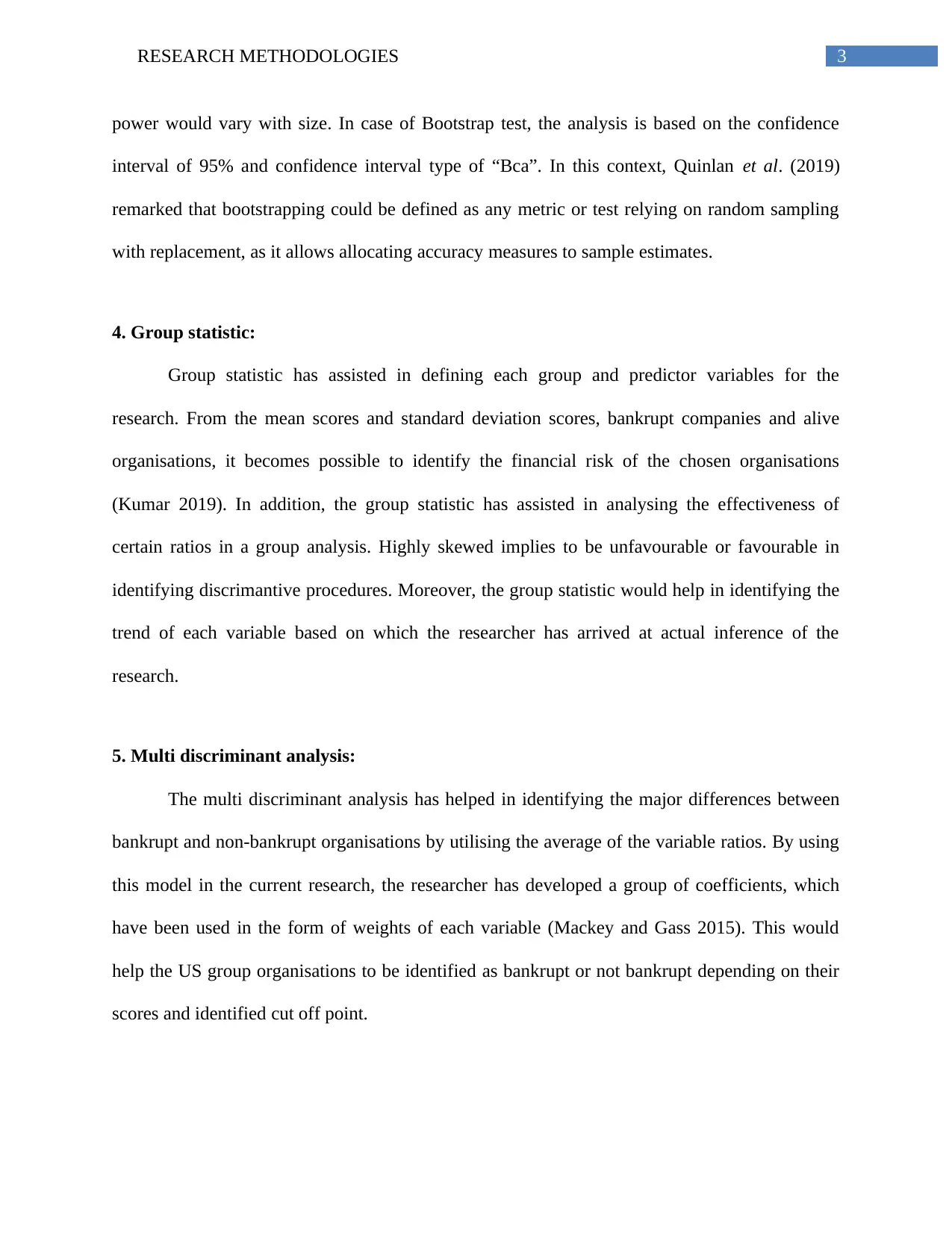
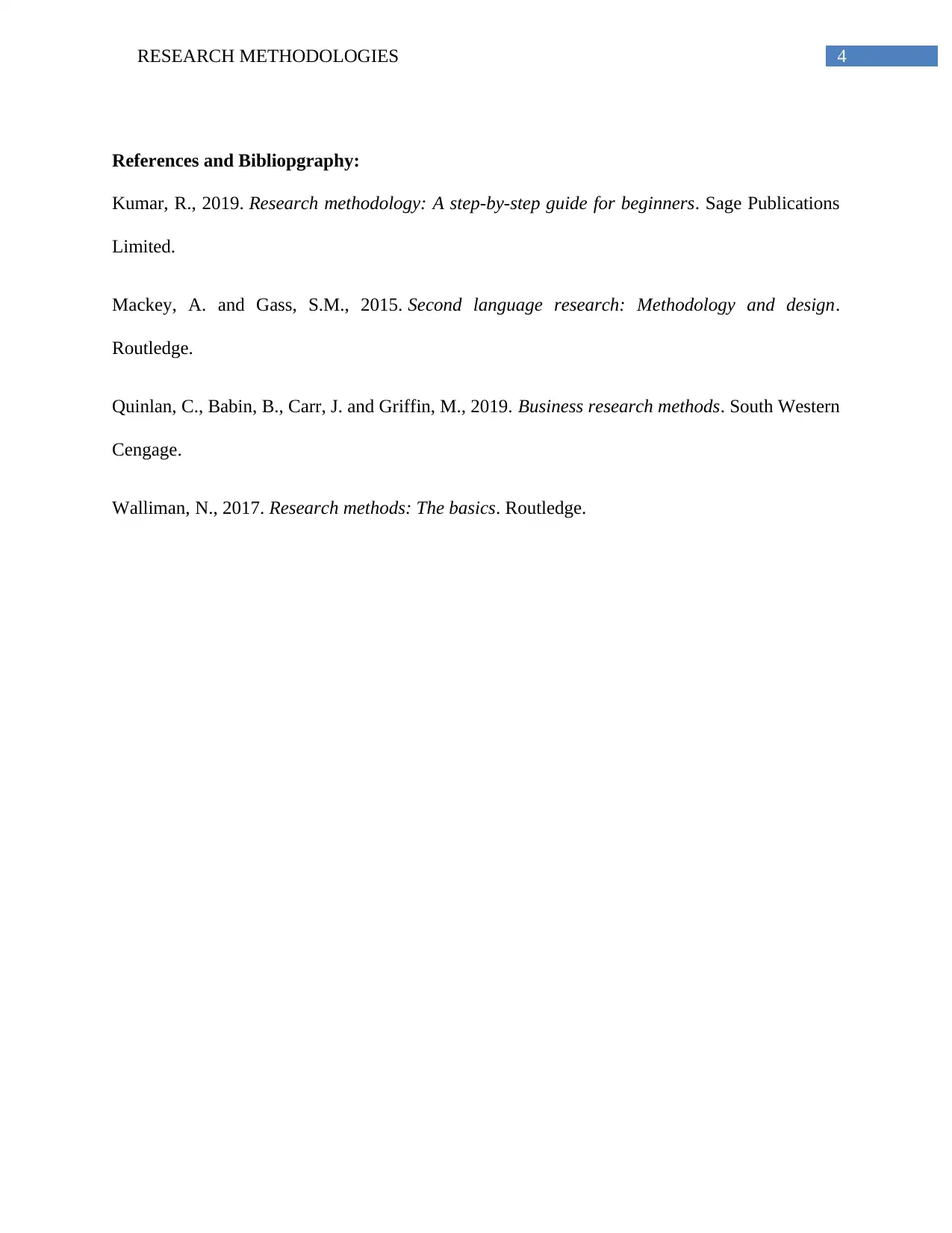


![[object Object]](/_next/static/media/star-bottom.7253800d.svg)